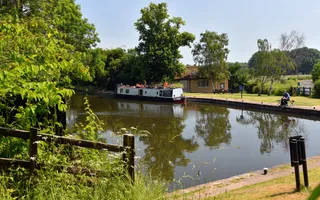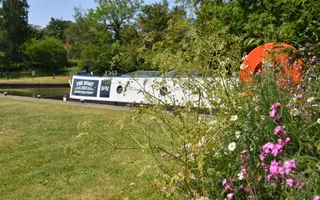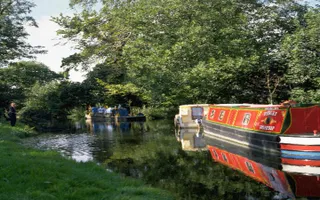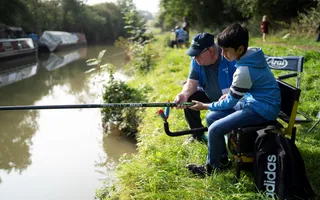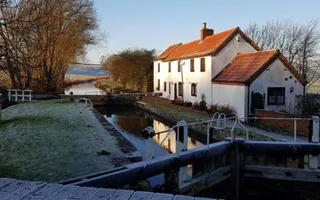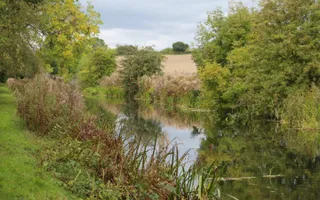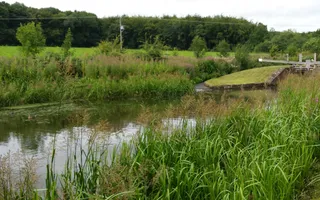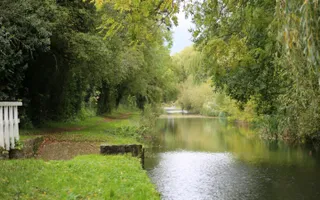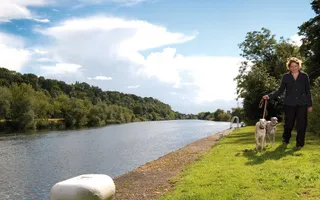At 46 miles long, the Chesterfield Canal runs from the River Trent to the middle of Chesterfield, linking Nottinghamshire, South Yorkshire and Derbyshire in the Yorkshire & North East region.
It is a serene and beautiful waterway, with some areas so peaceful you're unlikely to come across any houses or boats. One area (Drakeholes) is a Site of Special Scientific Interest (SSSI) due to the presence of rare aquatic plant life, including linton's pondweed, short-leaved water starwort, and brackish water crowfoot.
The Cuckoo Dyke also boasts some of the earliest staircase locks ever built, which are now over 250 years old.


